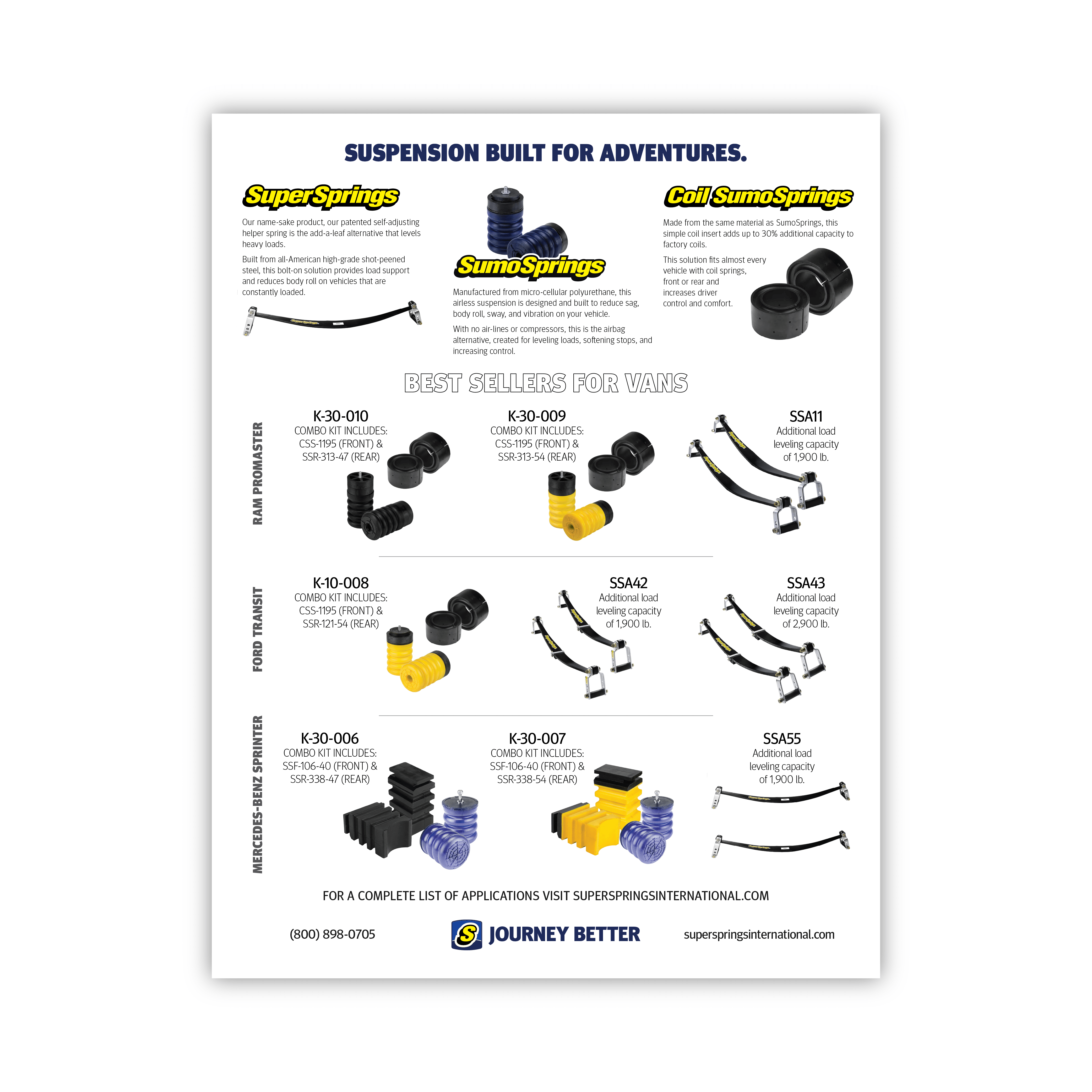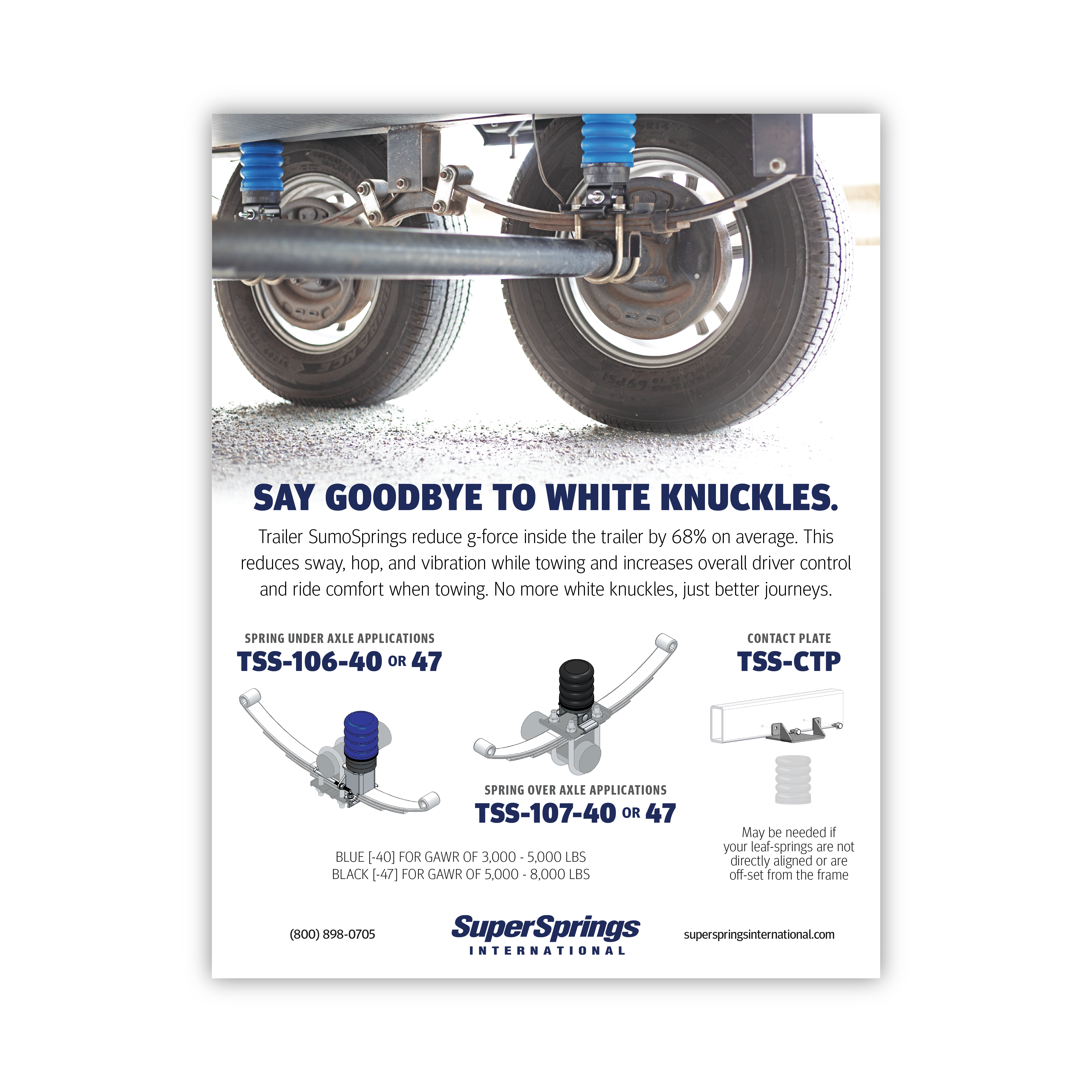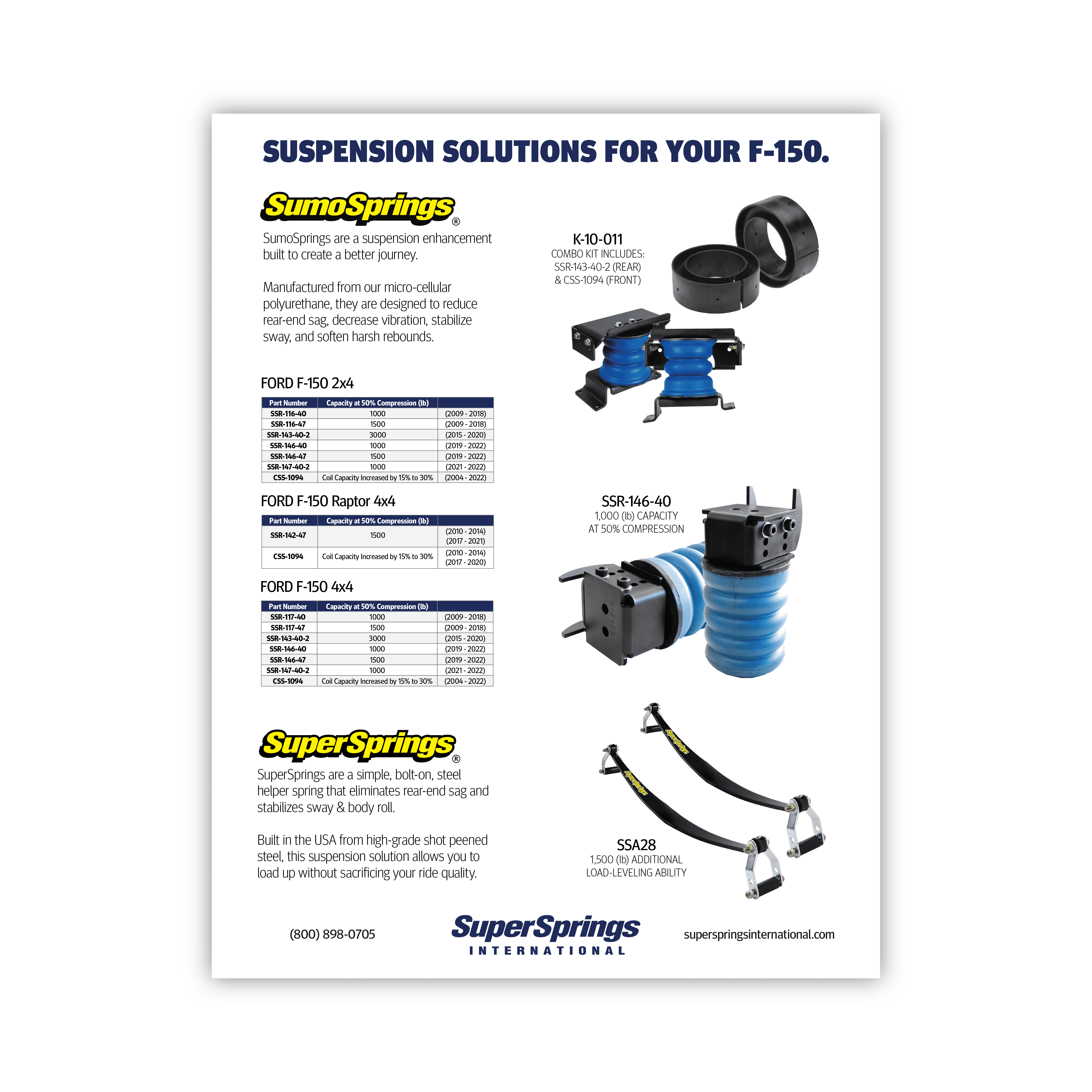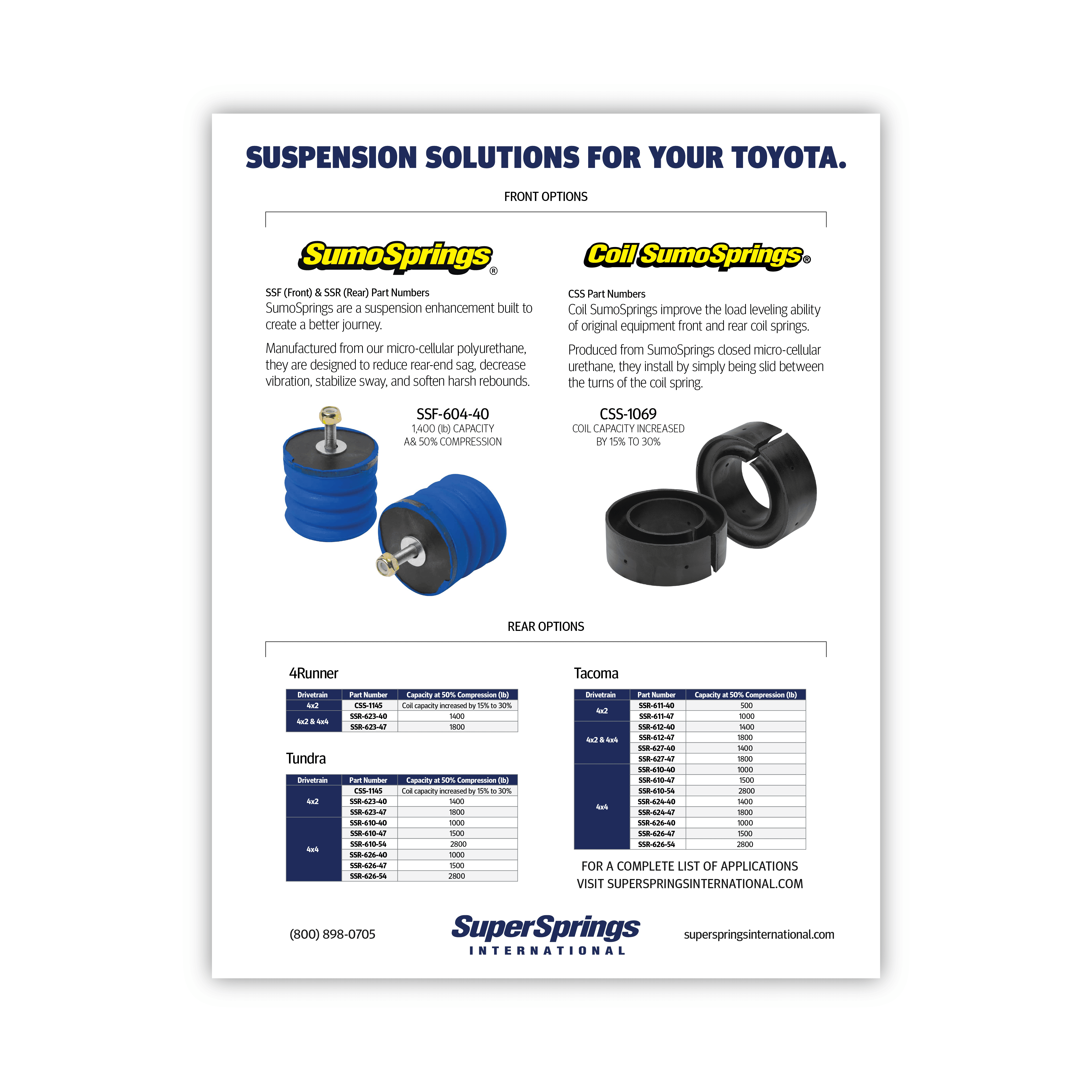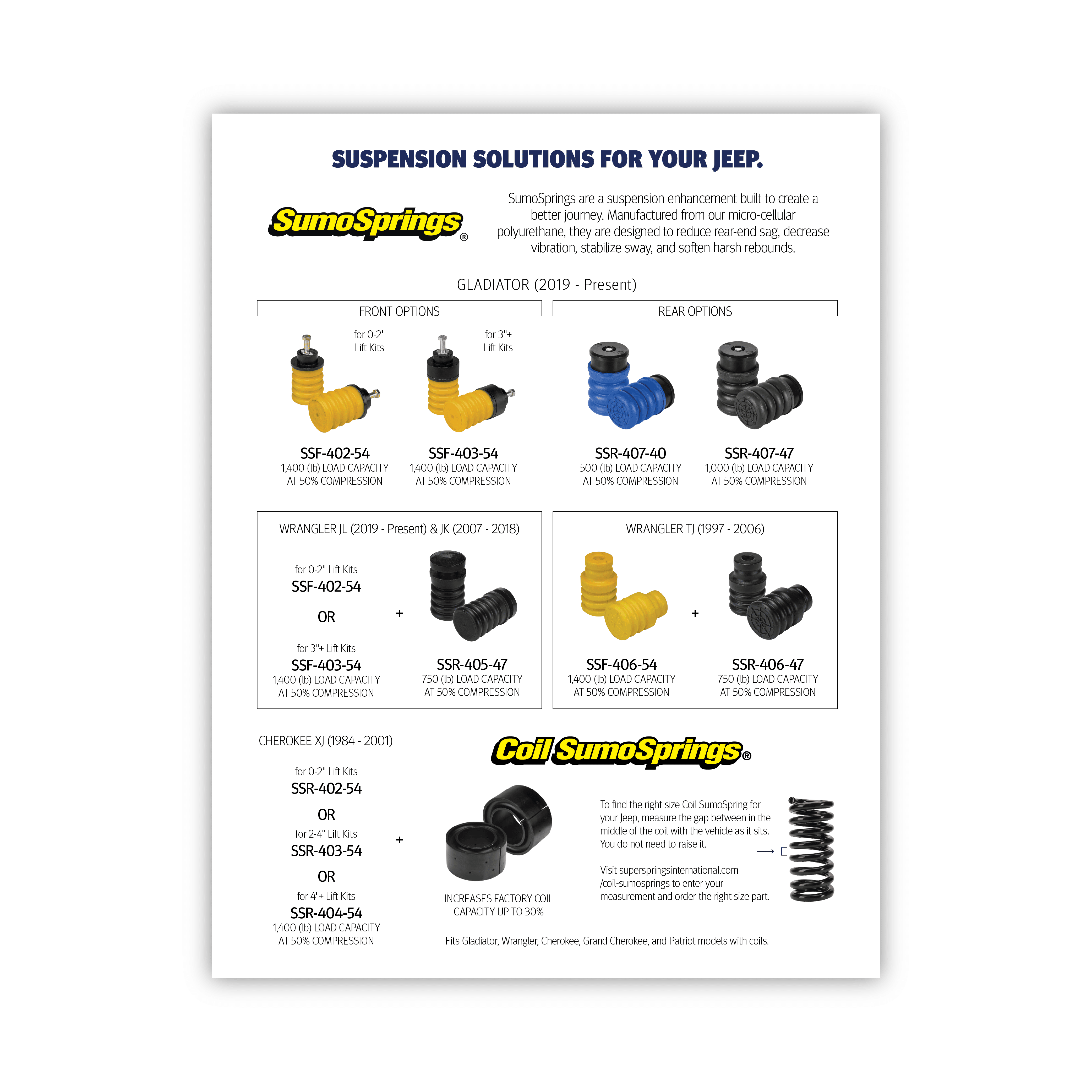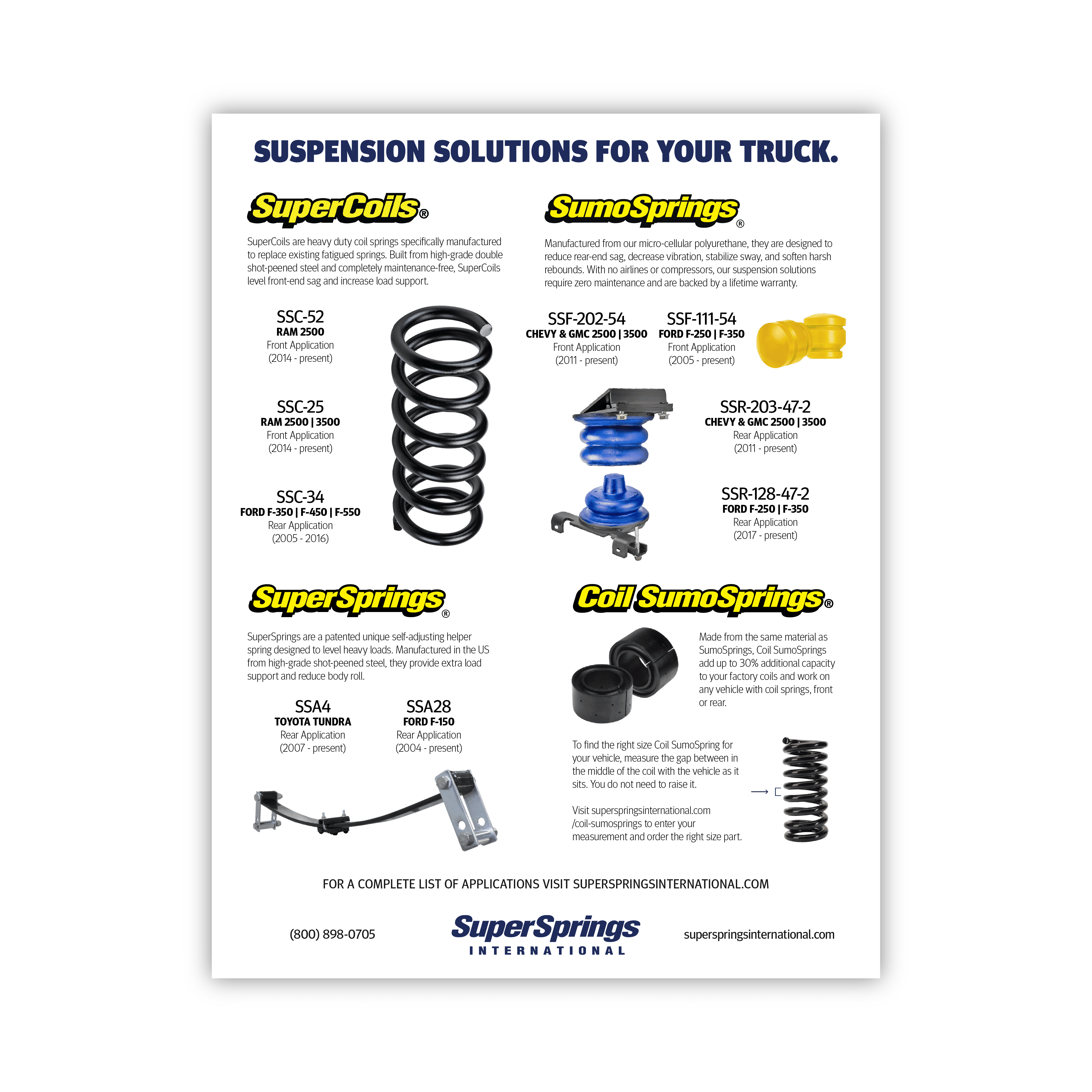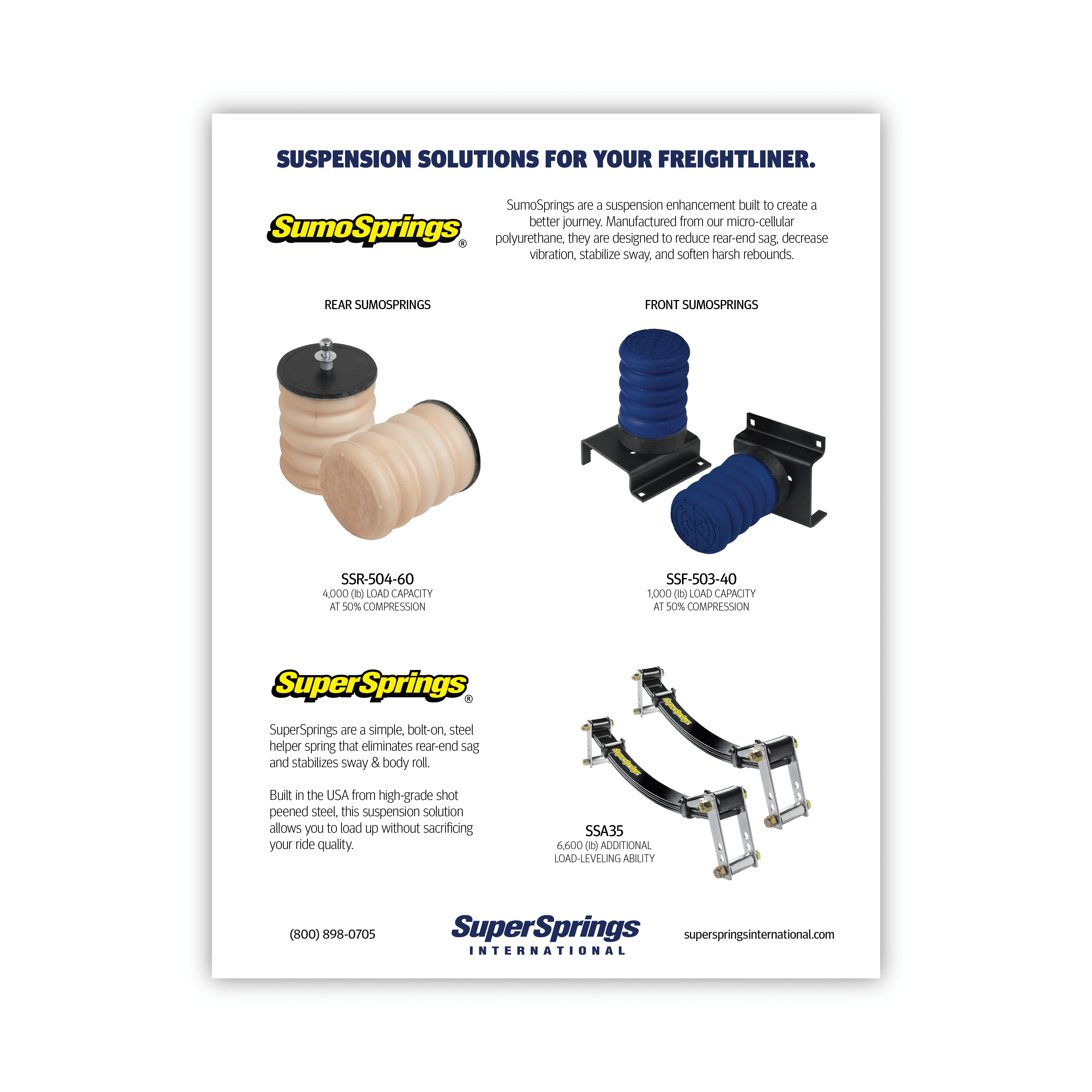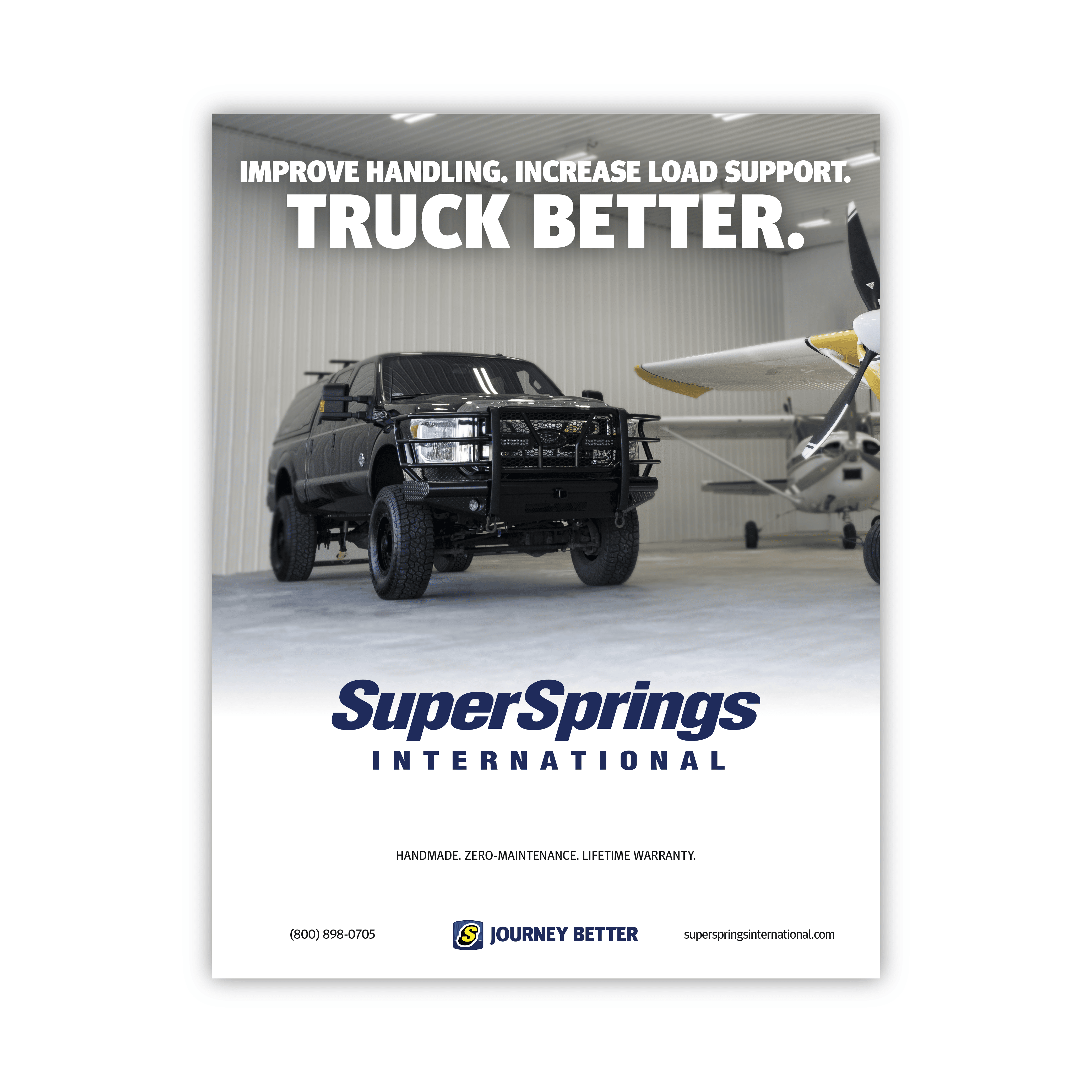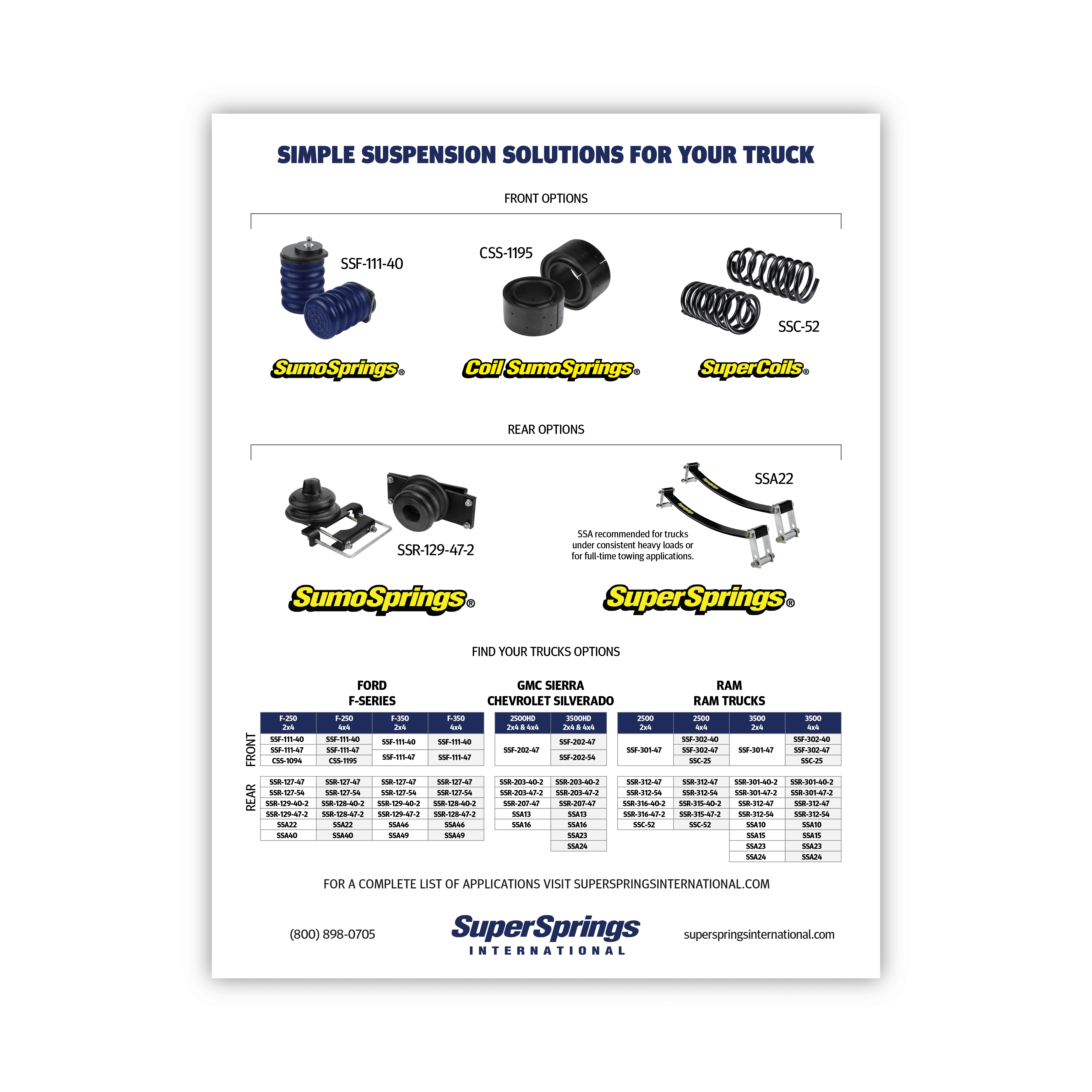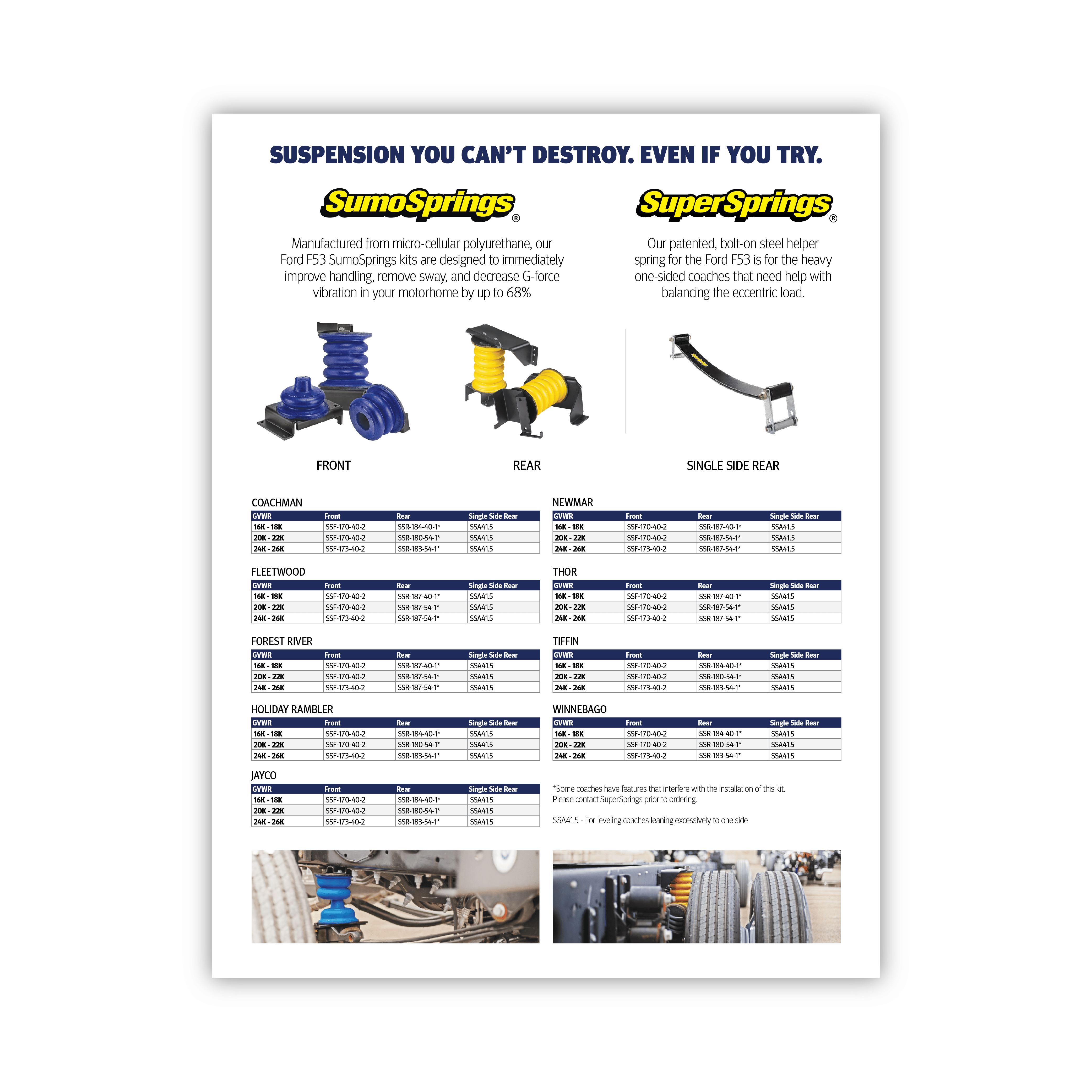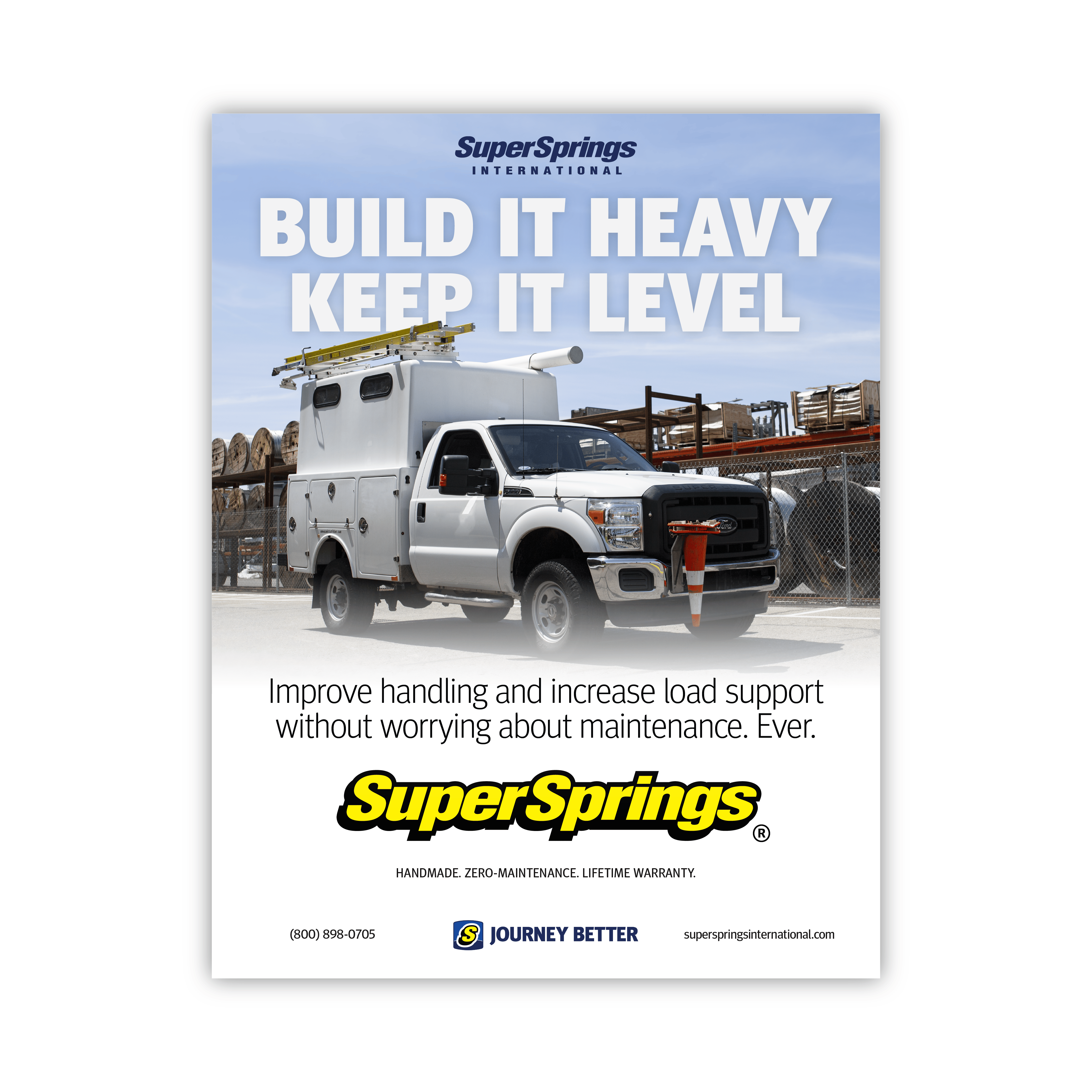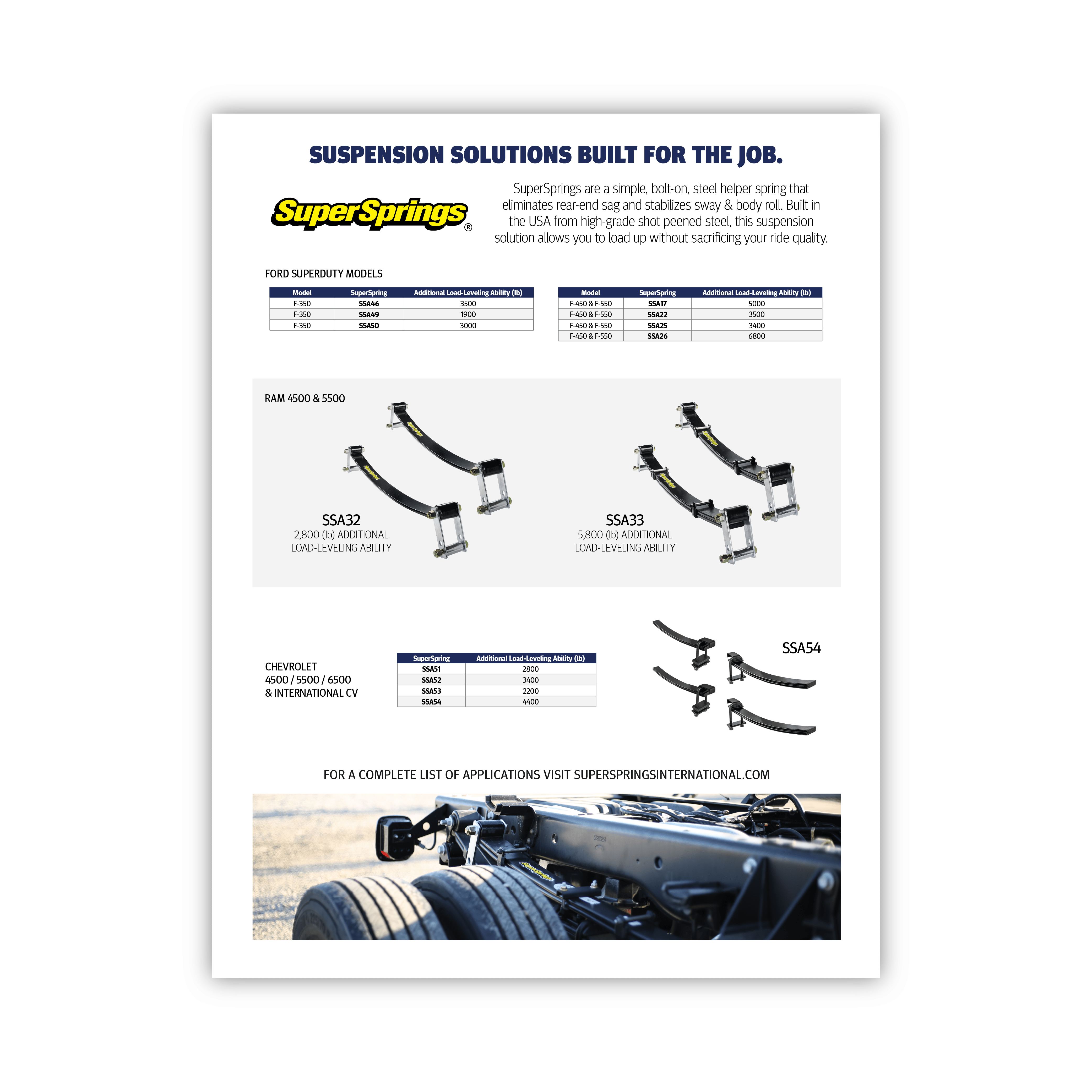Embarking on the journey of RV ownership involves navigating a diverse landscape of recreational vehicles, each designed for specific preferences and travel styles. Let’s dive into the various classes of RVs, helping you unravel the distinctions and choose the perfect fit for your nomadic adventures.
Understanding the RV Class System
What Are RV Classes?
RVs are categorized into different classes based on their size, features, and amenities. Understanding these classes is crucial for making an informed decision when selecting an RV that aligns with your travel goals and lifestyle.
- Class A Motorhomes: The Epitome of Luxury
- Class A motorhomes are the most substantial and luxurious RVs on the road. They often resemble buses and feature spacious interiors with amenities akin to a home. Ideal for long-term travel and those who crave luxury on the road.
- Advantages: Ample living space, high-end features, and the ability to tow additional vehicles.
- Class B Motorhomes: Compact and Versatile
- Often called camper vans, Class B motorhomes are compact and nimble, making them easy to drive and park. They offer a cozy living space with essential amenities for a comfortable journey.
- Advantages: Maneuverability, fuel efficiency, and the ability to access smaller campsites.
- Class C Motorhomes: A Balanced Choice
- Class C motorhomes strike a balance between Class A and B, featuring a distinctive cab-over design. They offer spacious interiors, making them suitable for families or larger travel groups.
- Advantages: Roomy interiors, suitable for extended travel, and often more affordable than Class A models.
- Travel Trailers: Towable Comfort
- Travel trailers are non-motorized RVs that require towing. They come in various sizes and floor plans, offering flexibility and the option to unhitch at campsites.
- Advantages: Versatility, a wide range of sizes and styles, and the ability to use your vehicle independently.
- Fifth Wheels: Towing Stability
- Fifth wheels are towable RVs that connect to a specialized hitch in the bed of a pickup truck. They often feature elevated living spaces and are known for stability on the road.
- Advantages: Spacious interiors, stability during towing, and a separate hitching area.
What is the Difference Between Class A, B, and C RVs?
The primary distinctions between Class A, B, and C RVs lie in their size, amenities, and design. Class A motorhomes are the largest and most luxurious, Class B motorhomes are compact and versatile, and Class C motorhomes strike a balance between the two with a distinctive cab-over design.
Elevating Your RV Experience with SumoSprings
SumoSprings: Enhancing Your RV Journey
No matter which RV class suits your lifestyle, enhancing your suspension with SumoSprings can elevate your travel experience. SumoSprings provide additional support, reducing sway, body roll, and vibration. With easy installation and minimal maintenance requirements, SumoSprings are a reliable alternative to traditional air bags, ensuring a smoother and more enjoyable ride.
Choosing Your RV Adventure
In conclusion, each RV class offers a unique set of advantages, allowing you to tailor your choice to your travel preferences. Whether you opt for the luxurious Class A, the nimble Class B, or the balanced Class C, SumoSprings can enhance the overall performance and comfort of your RV. Happy travels!







